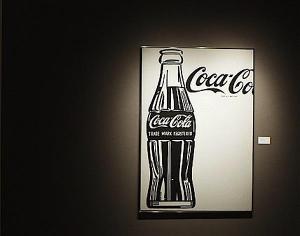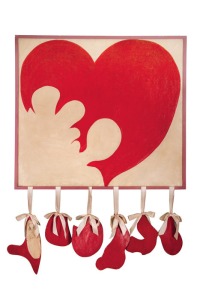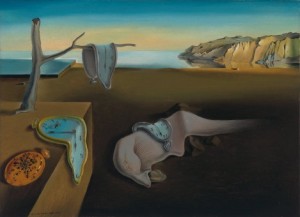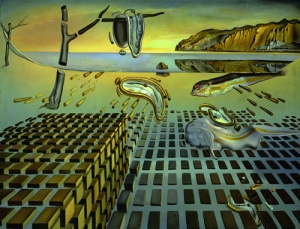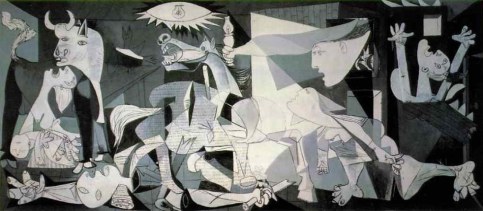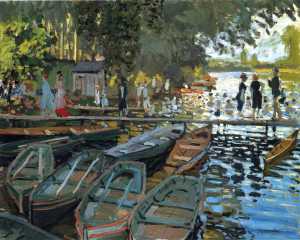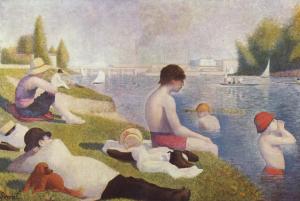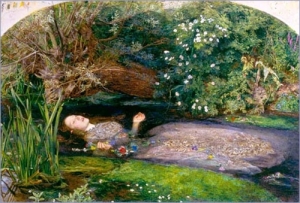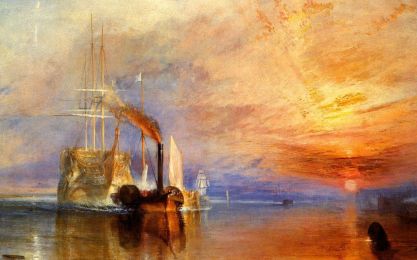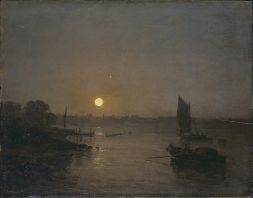If Salvador Dali was the strangest man that ever lived, then Andy Warhol was the creepiest. While I am fascinated by Warhol’s Pop Art and am inspired by his unrelenting efforts to make a name for himself, my biggest take-away from the documentary was his personality. I loved the bit about the leather company that he worked for, when the owners described him as “never fake” and as having an “inner-charm”. However, after he gained his stardom, he became an enigma – and listening to him speak was almost uncomfortable. I find it interesting that he branded himself, and that his deadpan, mysterious personality is almost laughable – it’s like he could get away with anything because the public could say, “well, that’s Andy for ya”, and brush it off.
I like Andy Warhol’s pop art. I think the reason why, though, may be due to the fact that they are his works and not necessarily because I like the works themselves. One of my favorite Warhol’s is Coca-Cola. I found this interesting because when I think of Andy Warhol, I typically envision the Campbell’s soup prints or the Marilyn’s. I never would have pictured Andy doing a piece in black-and-white as he did with the Coca-Cola. I like the crisp lines in this piece and the geometrical planes in the bottle. I also find it interesting that he cut off “Coca-Cola” on the top-right. It’s almost as though Andy was making the point that the consumer would know what he was depicting without needing a full representation.
Andy Warhol, ~1960
Something that I love about Andy is that he allows his art to be interpreted by the viewer however he or she wants to see it. When asked to describe a work, he would frequently say “it means nothing”. This seems to hit the debate about contemporary art head-on, as many critics view it as having no meaning. This resonates with me, as I myself have a difficult time analyzing and appreciating contemporary art. I was excited to go to the World Goes Pop exhibit at the Tate Modern for class; however, I struggled to find a piece that I liked. I do not feel connected to contemporary art, and it frustrates me because I want to like it, but I can’t find a way to. I feel as though all aspects of composition that we have learned about go out the window when discussing contemporary art, so it leaves me feeling as though I don’t know where to begin.
I was only able to find one piece at the exhibit that I really felt I could connect with. Broken Heart by Delia Cancela first caught my eye with its bright red colors and the hanging pieces. However, it wasn’t until reading the prompt underneath of it that I really felt this connection. I think this is my problem with contemporary art – because I am not visually drawn to it, I need to have a reason to feel like I can relate to it in order to appreciate it fully. Broken Heart spoke to me because I feel it is something that not only myself, but almost everyone at some point in their lives, has experience with. I found it very accurate and raw that the hanging pieces could represent either organs or the pieces of a broken heart, showing the idea that a broken heart can cause visceral pain that takes over your entire body.
Broken Heart, Delia Cancela, 1964
As I mentioned before, I want to like contemporary art. I hope that if I continue to expose myself to it, I can start to gain an appreciation. At this point, though, I’m kind of feeling Damien Hurst when he says he wants to “make really bad art and get away with it”, as that could be true for many contemporary artists.
I think I’ll draw the line at Surrealism.

